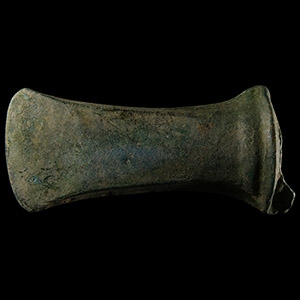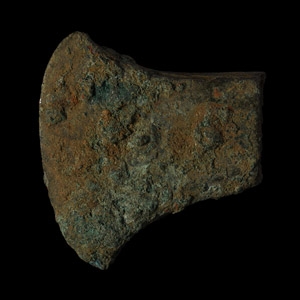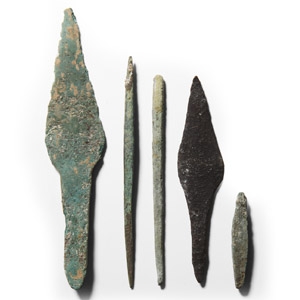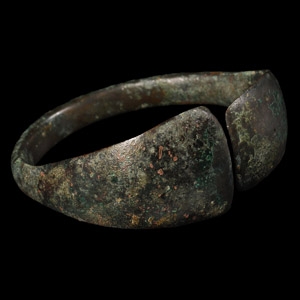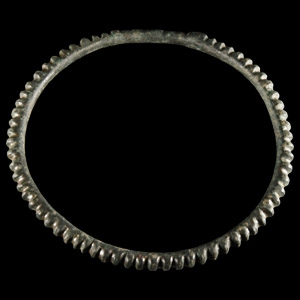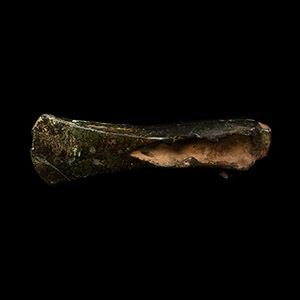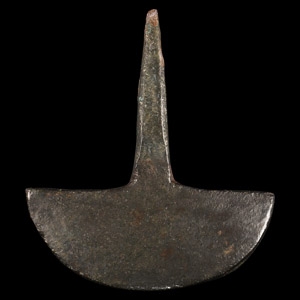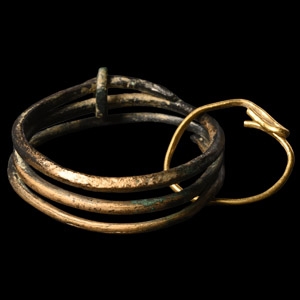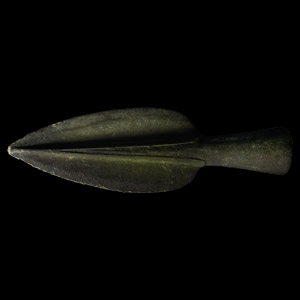Home > Auctions > 23 - 27 May 2023
Ancient Art, Antiquities, Natural History & Coins
Auction Highlights:
Acquired 1970-2010.
From the collection of a late Japanese gentleman.
English collection, early 2000s.
Ex central London gallery.
Acquired on the EU art market.
From the collection of a North American gentleman.
Essex gallery, early 2000s.
See MacGregor, Arthur ed., Antiquities From Europe and the Near East in the Collection of The Lord McAlpine of West Green, Oxford, 1987, no.11.11, for similar form.
The fragment belongs to a typical example of developed flat axe with expanded curved cutting edges and sides raised into slight flanges. Some specimens like this are representative of the early bronze age in Britain and Europe.
Ex American collector, acquired 1980-2000.
The Kusmirek Collection, UK.
Cf. Khorasani, M.M., Arms and Armour from Iran - The Bronze Age to the End of the Qajar Period, Tuebingen, 2006, cat.460, for the arrowheads.
The two arrowheads are similar to specimens found in Luristan. They belong to the type V of the Khorasani classification. The bow was widely used by the Luristan people. The shape of the blade is often flat or ovate in the cross section with lanceolate profile and two cutting edges.
UK collection, early 1990s and before.
Acquired on the UK art market since the early 2000s.
From a private collection, Lancashire, UK.
UK collection, early 1990s and before.
Acquired on the UK art market since the early 2000s.
From a private collection, Lancashire, UK.
UK collection, early 1990s and before.
Acquired on the UK art market since the early 2000s.
From a private collection, Lancashire, UK.
From an old collection.
Acquired from Lockdales, Suffolk, UK, 12 July 2009, lot 659.
Property of an Oxfordshire, UK, collector.
Accompanied by a copy of the Lockdales invoice.
Acquired in the early 1990s.
The Kusmirek Collection, UK.
Bronze Age comprises a range of small rod-like tools that are usually round or rectangular in cross-section and pointed at one end with a square or chiselled edge at the other. They were probably used for perforating leather, wood and bone working and other crafts. Early researchers suggested they may have been used also for tattooing human skin.
Ex German art market 1980s.
J.L. collection, Surrey, UK, 1990s.
Private collection, 1950s.
Ex Gorny and Mosch, Munich, Germany, 18 December 2009, lot 463 (part).
Cf. similar spearheads in Mikołajczyk, A., Collections of the Archaeological and Ethnographical Museum of Łodz, (in Polish) Łodz, 1981, fig.38 p.43; Klochko, V., 'Weapons of the tribes of the Northern Pontic zone in the 16th – 10th centuries B.C.' in Baltic-Pontic Studies, Poznań, 1993, vol.1, figs.9, 10, 26.
The Lusatian Culture (1300-500 BC) is a Late Bronze Age culture, located in the geographic areas of Eastern Germany (Saxony and Brandenburg), Slovakia, Poland, the Baltic countries and the Black Sea area and is characterised by cremation burials. The dead were buried with their personal equipment: men were provided with weapons (comprising sword, dagger, axe, and spearhead) and ornaments (usually a pin or bracelet). At the start of the Middle Bronze Age, several innovations spread quickly and with a lasting effect across central Europe: swords (based on influences from the Danube region) and spears (socketted spearheads) appeared as new weapons, while two-edged razors, tweezers, knives, and sickles were the new tools.
949 - 960 of 2508 LOTS

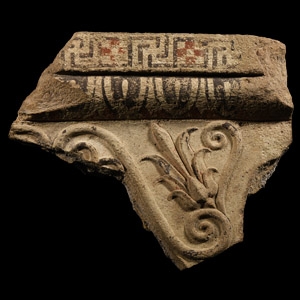
.jpg)


.jpg)
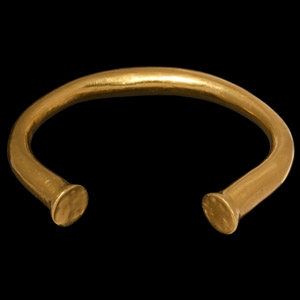
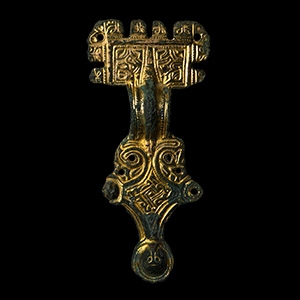

.jpg)
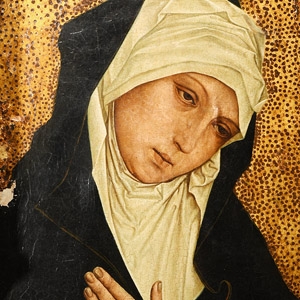

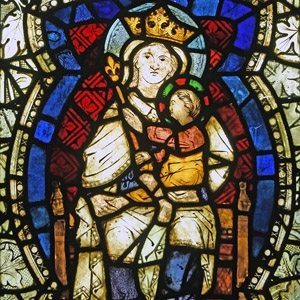
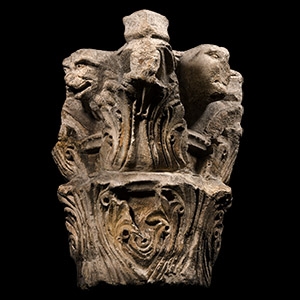
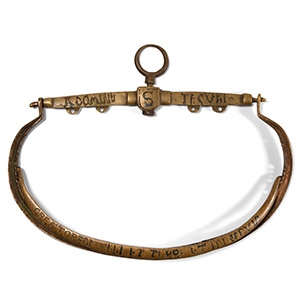
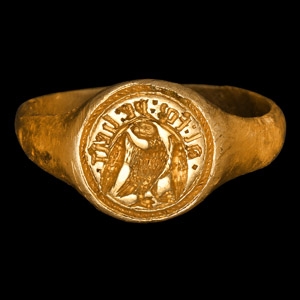
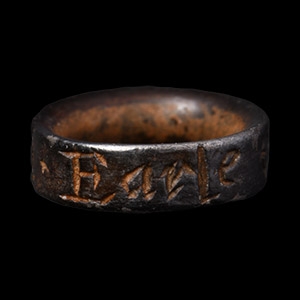
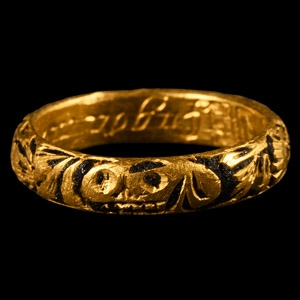
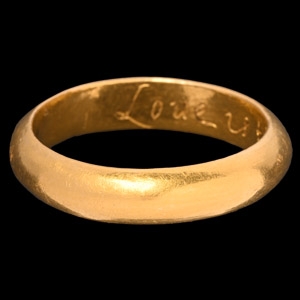
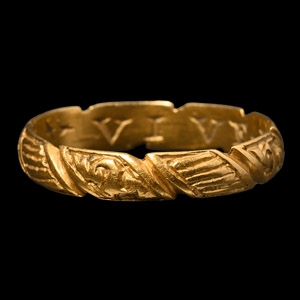
![English Milled Coins - George VI - 1937 - Cased RM Proof Coronation Gold Set [4] English Milled Coins - George VI - 1937 - Cased RM Proof Coronation Gold Set [4]](https://timelineauctions.com/upload/images/items/small/203351-s(2).jpg)


